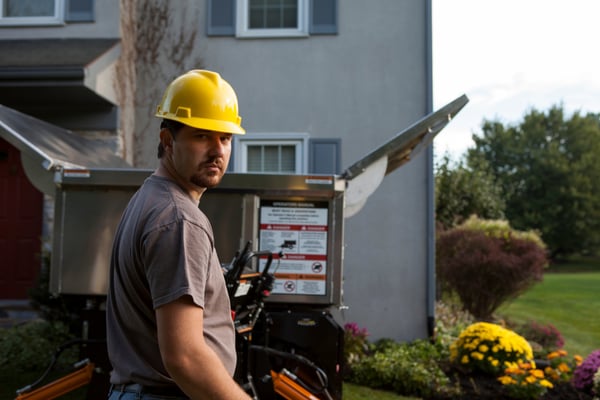Nothing great comes easily, especially in the roofing industry. Surviving in this industry requires hard work and diligence, whether you're an owner or employee. When you push yourself and encourage your fellow roofers through the toughest times, you'll find you can power through nearly anything.
Here, we address and suggest how to overcome five of the most common roofing industry problems faced by owners and operators on a daily basis.
1. Overestimating (or Underestimating) Your Company When Bidding a Roofing Job
Developing a roofing estimate can be tricky, especially if you're a startup roofing company. Finding the right balance between the costs of labor, equipment, and materials is challenging. That's why it's essential to consider the following when putting a roofing estimate together:
- Labor: Calculate the number of workers you'll have on the job and their hourly rate.
- Timeline: Determine how long it will take to complete the roofing project to help calculate labor costs.
- Tools: Are you currently paying monthly for certain roofing tools? Do you need to rent roofing equipment to get the job done? These should be factored into the official estimate (and can be tied into your cost of labor or materials).
- Materials: From the size of the roof to the type of roofing system and its specifics, doing your research on the specific materials for the project will let you provide the homeowner with alternatives if they push back on the price. Homeowners need to know that changing materials will alter the overall cost of the roof replacement, regardless of how far along your crew is in the process.
- Competition: Do your research to get familiar with other local roofing companies' labor costs, but don't cut your costs just to come in lower than the competition—professional roofing is about quality and performance.
The most important aspect of bidding is being reasonable with your final estimate. Many roofing companies don't have big enough profit margins to keep their company running for more than a few years. Be sure to calculate the flat cost of the project while also tying in enough profit to invest in maintaining and growing your roofing company.
2. Not Considering the Competition
A 2019 roofing industry report shows that over 104,000 roofing businesses exist in the US. If distributed evenly throughout the country, that would come to over 2,000 companies per state. How's that for competition!
As an owner or manager of a roofing company, you need to determine what can make you stand out. Having top-of-the-line roofing equipment that keeps your customers' lawns and landscaping clean will boost your performance, turnaround, and overall reputation. Start formulating your plan to outrank your competitors with these 4 Easy Ways to be More Competitive in the Roofing Industry.
3. Lack of Effective Marketing
As time speeds by, effective marketing techniques constantly evolve. It's essential to develop and stick to a marketing strategy to grow your roofing business. From traditional marketing methods to the latest in digital marketing, here are some resources to help you succeed:
Although it's important to stay one step ahead in your marketing strategy, always keep your customers' concerns in mind. Focusing on common roofing issues among homeowners is one of the most effective ways to catch your target market's attention.
Marketing can be one of the toughest problems for smaller roofing companies. If you're struggling with your marketing strategy, don't be afraid to reach out to professional marketers for help.
4. Safety Issues
Roofing is a profitable industry, but it's also a highly dangerous industry if a company doesn't properly equip their crew. When the owner of a roofing company disregards OSHA's fall protection requirements, they're putting their roofers at risk of work injuries or even death. A crew may be safer on flat roofing systems, but most residential roofs in the US are angled in some capacity. The steeper the roof, the higher the risk.
Be sure you’re educated about the latest safety requirements and that you’re implementing them as necessary to keep your employees safe and your company safe from violations and fines. Maintain and even improve your roofers' safety by following OSHA's reroofing fall protection techniques.
5. Callbacks and Unhappy Customers
If you’ve been in the roofing business for a while, you know that not everything always goes as planned. Mistakes happen, and when they do, you need to be available for your unhappy customer right away. Even if your company was not directly responsible for the mishap, you can avoid confrontation or even build credibility by solving your customer's roofing problem. Whether you're a startup roofing company or a seasoned roofer, be sure you have a solid plan for avoiding customer callbacks.
What are some solutions you've developed to avoid common problems roofing companies face? We'd love to know! Share your story with us on Facebook.

